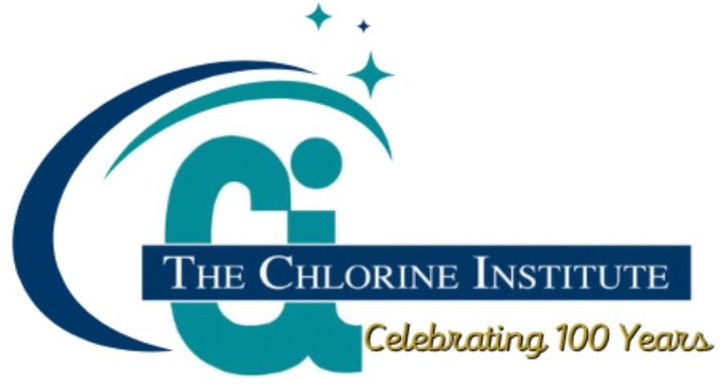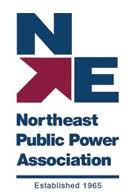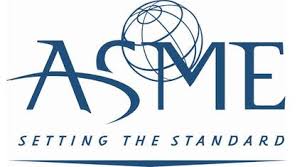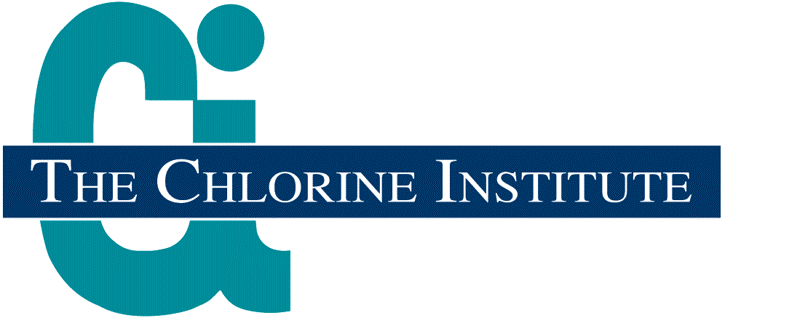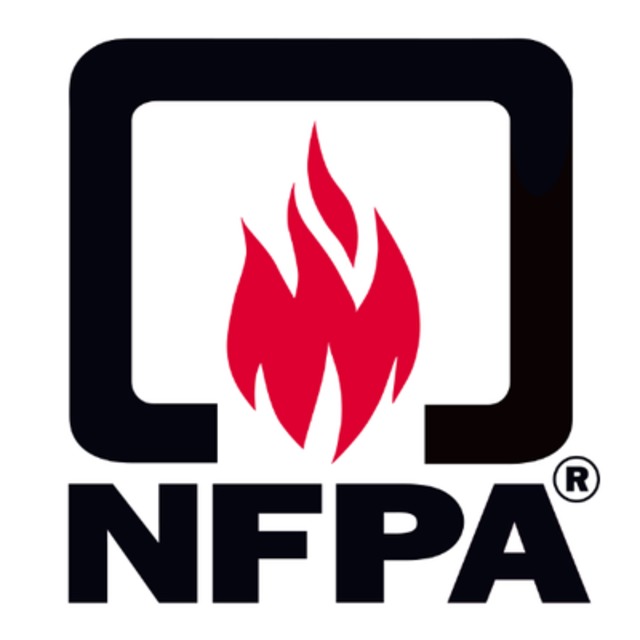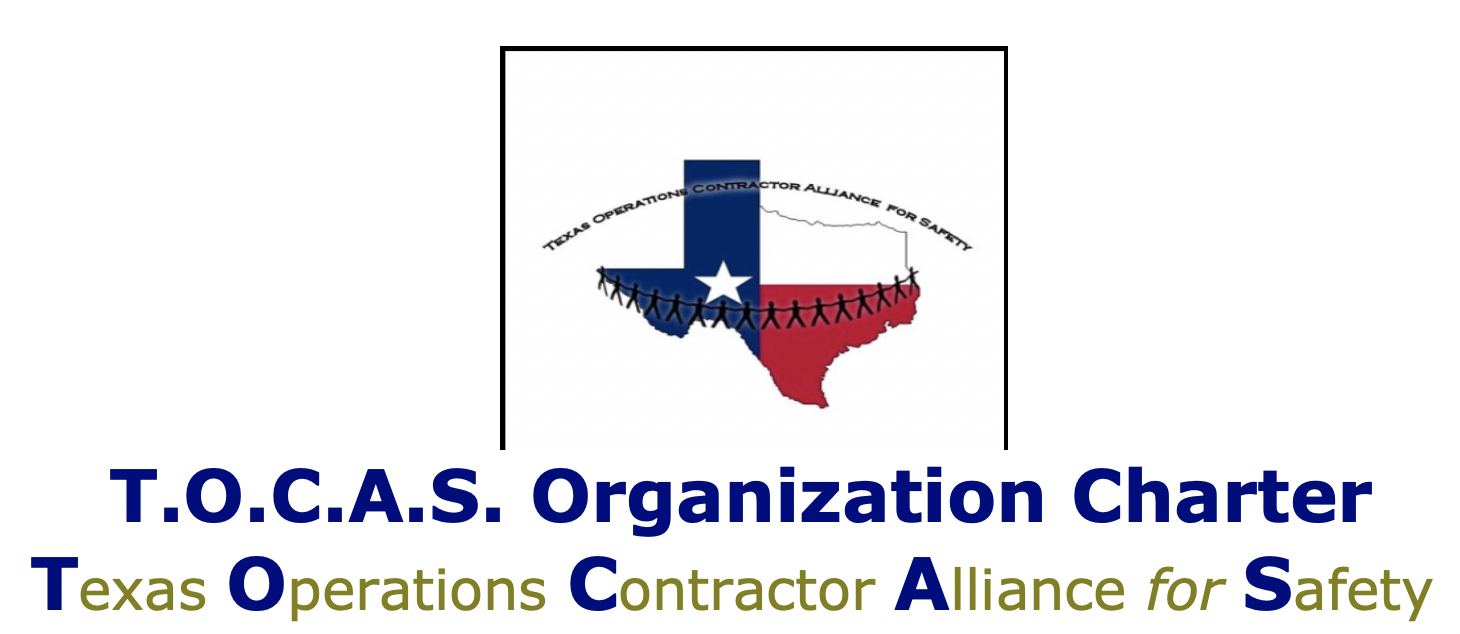Please note, this is NOT a chemical process safety incident, but the design failures and human errors are directly related to process safety hazards.
The design of a new passenger ferry’s engine and inadequate follow-on training for engineering crewmembers led to a 2022 fire aboard a Staten Island Ferry. The fire broke out in the engine room of a passenger ferry in New York Harbor with 884 persons aboard on Dec. 22, 2022. The crew’s actions to contain and extinguish the fire, combined with a quick response from good samaritan vessels, resulted in the safe evacuation of all onboard. Damage to the vessel totaled $12.7 million.
As a result of the investigation, NTSB issued a safety alert and five (5) safety recommendations, including recommended regulatory changes to design requirements for diesel engine fuel oil return systems.
While attempting to manage fuel oil levels as the vessel was transiting between Staten Island and Manhattan, oilers (workers inside the engine room) CLOSED BOTH day tank fuel oil return isolation ball valves, which caused the overpressurization of the fuel oil system. The fuel oil filters on the main engines ruptured, leading to the fuel oil spray that ignited a fire. A delay in shutting down the main engines led to fuel oil continuing to spray and increased the severity of the fire.
The ferry was the second of three Ollis-class ferries built for the New York City Department of Transportation and was put into service six (6) months before the fire.
- The Ollis-class ferries were not originally constructed with fuel oil return isolation valves. Instead, isolation valves were added after delivery to regulate the day tank fuel oil levels.
- The Ollis-class vessels did not have a means to relieve the pressure in the fuel oil return lines if both fuel oil return isolation valves were CLOSED, and the relief valves in the fuel oil system did not have independent return lines.
These design flaws led to the overpressurization.
The NTSB recommended the Coast Guard update marine engineering regulatory requirements to require diesel engine fuel oil return systems on U.S.-flagged vessels be designed to have either
- unimpeded return flow or
- a pressure relief valve
Until regulatory requirements can be updated, the NTSB recommends the Coast Guard develop and disseminate design guidance for new construction diesel engine fuel oil returns systems to have unimpeded flow from the engine or other arrangements to prevent overpressurization.
CLICK HERE for the report
